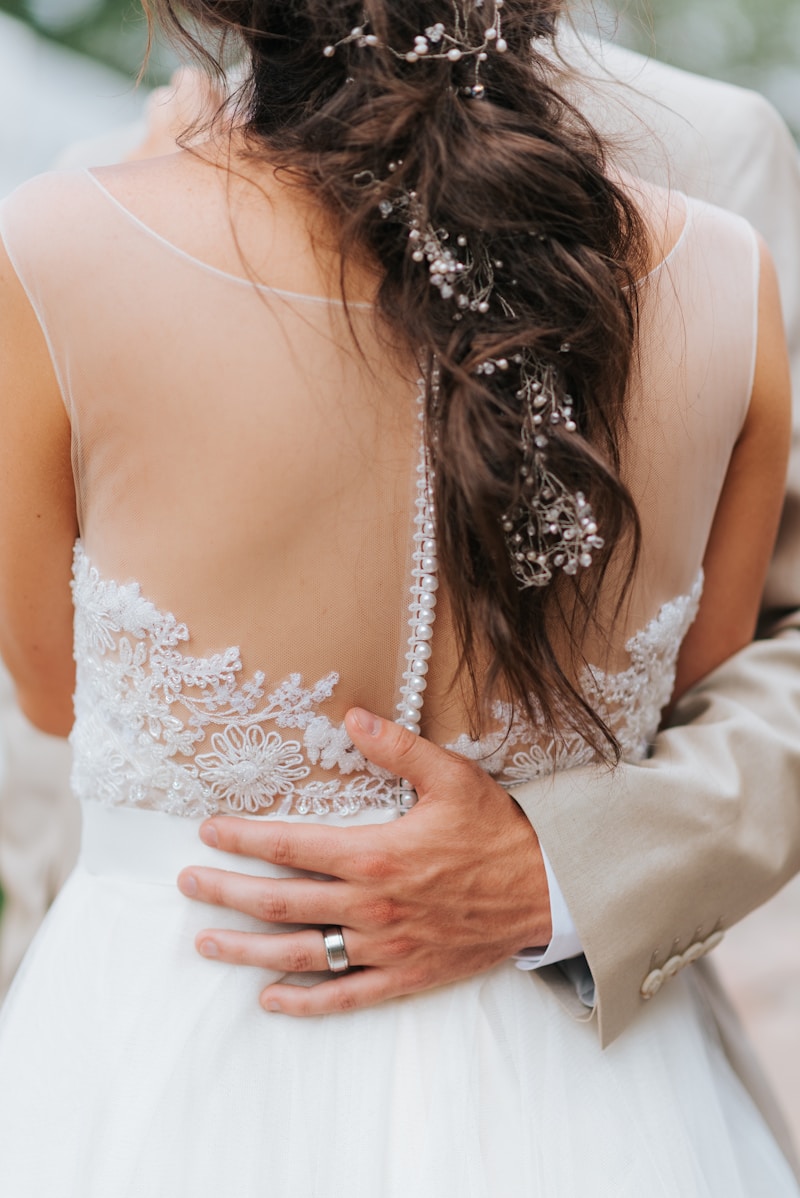Exploring Traditional Veil Traditions: A Journey Through Cultures
Understanding the Importance of Traditional Veil Traditions
Veils have played a significant role in various cultures around the world, symbolizing different meanings, beliefs, and customs. From bridal veils to cultural headscarves, traditional veil traditions offer a glimpse into the rich tapestry of human history. In this article, we will explore the different aspects of traditional veils, their purposes, and the significance they hold in various societies.
The Historical Context of Veils
Historically, veils have been worn to signify modesty, respect, and social status. In ancient civilizations, such as in Rome and Greece, women wore veils during significant life events like marriage or public appearances. The symbolism of the veil has evolved, reflecting the changing roles of women in society.
Veils in Different Cultures
| Culture | Veil Type | Significance |
| Middle Eastern | Hijab | Modesty and piety |
| Western | Bridal Veil | Purity and transition to marriage |
| South Asian | Dupatta | Cultural identity and femininity |
| Japanese | Obi | Fashion and traditional rituals |
As illustrated in the table above, the type of veil and its significance can vary widely across cultures. Veils are often associated with important life events, such as weddings, religious ceremonies, and cultural gatherings. They serve as a means of expression, allowing wearers to connect with their heritage and identities.
The Role of Traditional Veils in Modern Society
In recent years, traditional veils have experienced a resurgence in popularity, particularly among younger generations seeking to embrace their cultural roots. This revival can be seen in fashion trends, where traditional veils are creatively integrated into contemporary styles.
Bridal Veil Traditions
One of the most prominent examples of traditional veil customs is the bridal veil. In many cultures, wearing a veil on the wedding day symbolizes the transition from single life to married life. In Western culture, the bridal veil has been associated with purity, while in other cultures, it may represent familial honor or the bride’s transition into a new community.

In many cases, the bridal veil is elaborately designed, incorporating elements like lace, embroidery, and even family heirlooms. As couples personalize their wedding ceremonies, choosing veils that reflect their unique stories and backgrounds has become increasingly common.
Veils as Cultural Statements
Veils can also serve as cultural statements, challenging stereotypes and misconceptions about tradition and modernity. For example, many Muslim women who choose to wear hijabs assert their autonomy and pride in their identity, showcasing the complexity of traditional practices in contemporary society.
The Intersection of Fashion and Tradition
The fashion industry has also taken note of the significance of veils in various cultures. Designers often incorporate traditional veil elements into their collections, creating pieces that respect and celebrate cultural heritage while adapting to modern aesthetics. This fusion can be seen at fashion weeks around the world, highlighting the increasing importance of traditional veil traditions in contemporary fashion.
Traditional Veil Customs Around the World
As we delve deeper into the subject of traditional veil traditions, it is essential to recognize some of the most notable customs from different regions:
- Middle East: In various Middle Eastern countries, women wear the hijab as a form of religious observance and cultural identity.
- India: The dupatta is a traditional scarf worn by women, often used to cover the head or shoulders in conjunction with traditional attire.
- Western Countries: The bridal veil is often worn during wedding ceremonies as a symbol of purity and tradition.
- Japan: Traditional kimonos are often accessorized with a decorative veil-like piece known as an obi, which showcases the wearer’s status and fashion sense.
The Future of Traditional Veil Traditions
As society continues to evolve, so too does the meaning and significance of traditional veils. This evolving dynamic raises important questions about the preservation of traditional practices in a globalized world. How do younger generations navigate their cultural identities while embracing modern influences? What challenges do they face in reconciling tradition with personal beliefs?
Conclusion: Embracing the Heritage of Traditional Veil Traditions
Traditional veil traditions are a vital aspect of cultural heritage, reflecting the values, beliefs, and customs of societies around the world. Whether viewed through the lens of fashion, identity, or spirituality, veils continue to hold great importance, serving as a means of connection to one's roots.
As we appreciate the rich diversity of traditional veils, it is essential to understand and respect their significance in different cultures. Embracing these traditions allows individuals to celebrate their heritage while fostering an environment of understanding and acceptance among diverse communities. As the world continues to change, traditional veils will undoubtedly continue to inspire conversations about identity, culture, and the role they play in shaping our lives.
In conclusion, whether you are exploring your cultural roots or simply interested in the fascinating world of traditional veil traditions, remember to approach these customs with an open heart and mind. Understanding and appreciating the profound meanings behind these beautiful traditions can enrich your perspective on the complexities of human identity and heritage.